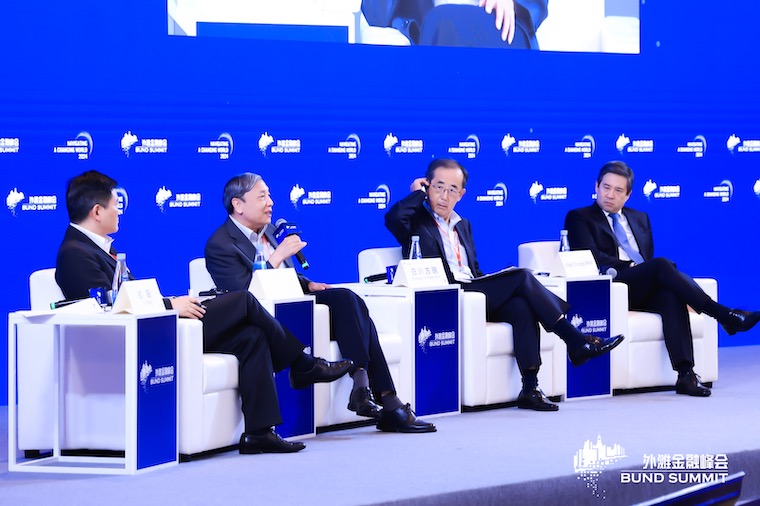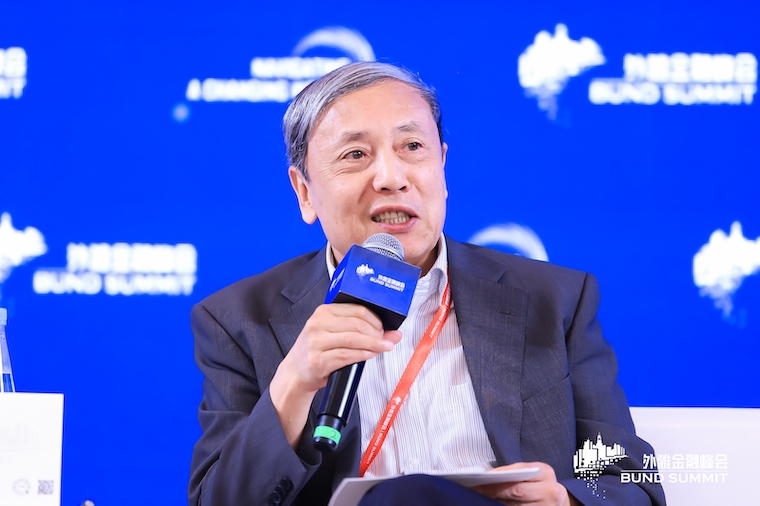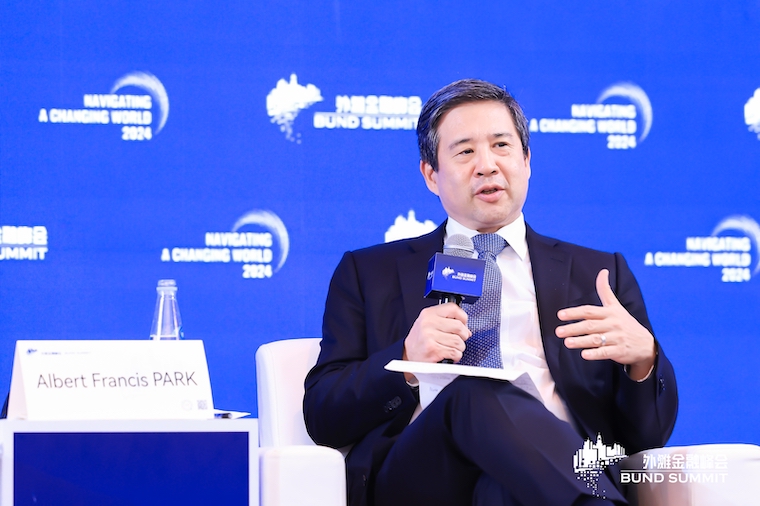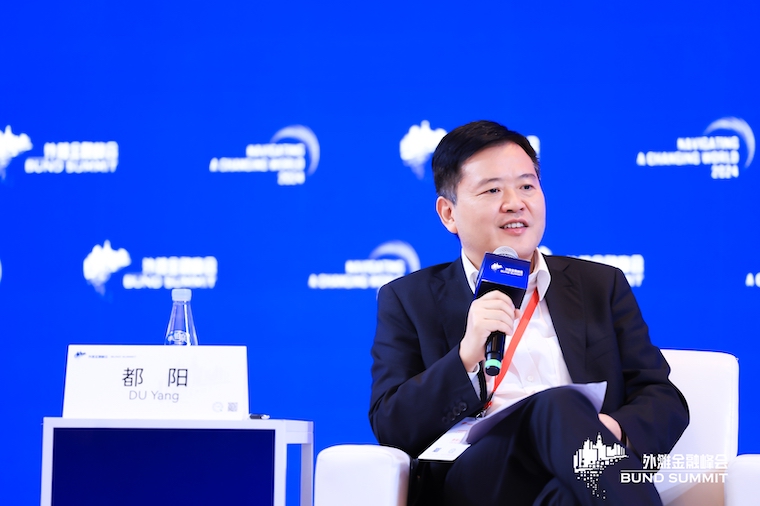

Cai Fang emphasized the importance of the current demographic structure, and he viewed the elderly as a driving force for modernization to improve development quality. Rather than a burden, he advocated for regarding the elderly as workforce and consumers to support Chinese modernization. The challenge of "aging before becoming wealthy" presents not only obstacles but also opportunities with potential latecomer advantages. China’s potential productivity is much higher than other countries at similar levels of aging, because of a solid material foundation for modern development. To tackle aging, Cai stressed the need to enhance the supply of elderly care services to meet the growing needs. At the same time, efforts should be made to improve public services, reduce the costs of childbirth, childcare, and education, thus encouraging higher fertility rates.

CAI Fang
Chairman of the Academic Committee, China Finance 40 Forum; Chief Expert of National Think Tank, Chinese Academy of Social Sciences
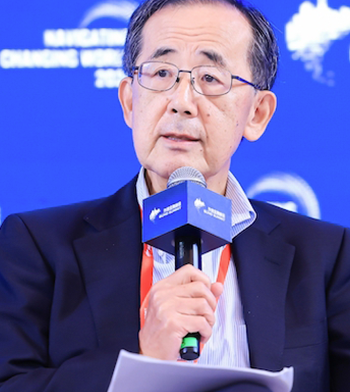

Masaaki Shirakawa highlighted that addressing aging through labor force expansion and productivity improvement is essential. First, increasing labor force participation. The most direct approach is to raise the labor participation rate. While Japan has a high labor participation rate among older populations, there is room for improvement in female participation. Second, attracting foreign workers or immigrants. Embracing more foreign employees or immigrants can help mitigate labor shortages. Third, raising birth rates. Creating a favorable environment for young couples to raise children is crucial. International comparisons show that birth rates are positively correlated with the share of men contributing to household chores and child-rearing.
Masaaki Shirakawa believed that while artificial intelligence (AI) and robotics could alleviate some impacts of population decline, they are not a solution once for all.

Masaaki SHIRAKAWA
Distinguished Professor, Aoyama Gakuin University; Former Governor, Bank of Japan
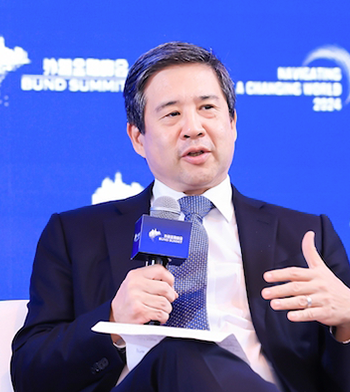

Park proposed that delaying retirement could effectively alleviate labor shortages and increase elderly labor participation. He outlined three ways to ease the implementation of delayed retirement policies: First, plans are announced in advance to raise the retirement age years for more time to adapt. Second, people are allowed to retire at the legal age while encouraged to work further through incentive policies. Third, ensuring that the design of pension system do not stimulate productive workers to retire early. In addition, providing lifelong learning opportunities for the elderly is a vital investment.

Albert Francis PARK
Chief Economist, Asian Development Bank
Watch the highlights
